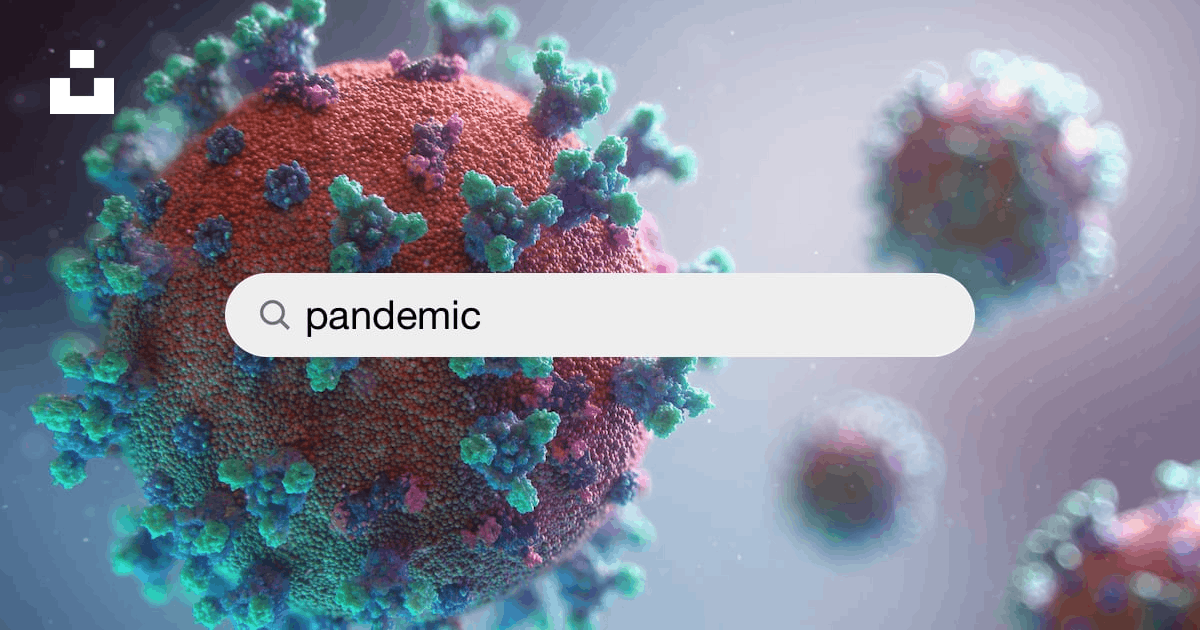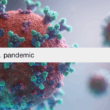
In the quest for better health and well-being, the age-old adage “disease prevention is better than cure” holds now more than ever. Disease prevention is a proactive approach focusing on reducing the risk of developing illnesses before they occur. By taking preventive measures, individuals can significantly improve their quality of life and reduce the burden on healthcare systems. This article explores the importance of disease prevention over cure, highlighting its benefits for different populations and providing practical strategies for a healthier lifestyle.
Importance of Disease Prevention Over Cure
Disease prevention is vital in improving overall health outcomes and reducing healthcare costs. While cures are essential for treating existing diseases, prevention helps avoid developing diseases altogether. By addressing risk factors and promoting healthy habits, individuals can reduce the incidence of chronic conditions such as heart disease, diabetes, and certain types of cancer. Moreover, disease prevention enhances the overall well-being of individuals, enabling them to lead more fulfilling and productive lives.
Disease Prevention in the Elderly Population
The elderly population faces unique challenges when it comes to disease prevention. As individuals age, their immune systems weaken, making them more susceptible to infections and chronic diseases. To promote healthy aging, preventive measures become crucial. Regular check-ups, vaccinations, and screening tests can help detect health issues early on and prevent their progression. Adopting a healthy lifestyle that includes a balanced diet, regular exercise, and social engagement can further strengthen the immune system and improve overall well-being in older adults.
Disease Prevention Practices for Lifeguards
Lifeguards play a vital role in ensuring the safety of individuals in aquatic environments. Lifeguards should prioritize disease prevention practices to protect themselves and the swimmers they watch over. Regular hand hygiene, such as washing hands with soap and water before and after each shift, can help prevent the transmission of waterborne illnesses. Additionally, lifeguards should undergo proper training in CPR, first aid, and personal protective equipment to minimize the risk of accidents and injuries. By practicing disease prevention, lifeguards can create a safe and healthy environment for everyone enjoying water activities.
Disease Prevention Measures for a Healthy Lifestyle
A healthy lifestyle is one of the most effective ways to prevent diseases. A well-balanced diet rich in fruits, vegetables, whole grains, and lean proteins provides essential nutrients and helps maintain a healthy weight. Regular physical activity strengthens the body and reduces the risk of chronic diseases such as obesity, heart disease, and diabetes. Avoiding tobacco and excessive alcohol consumption prevents various cancers, respiratory diseases, and liver damage. Also, managing stress, getting enough sleep, and practicing good hygiene all contribute to a healthier lifestyle and disease prevention.
Disease Control and Management Strategies
While prevention is key, disease control and management strategies are essential for individuals already affected by illnesses. These strategies aim to slow down the progression of diseases, manage symptoms, and improve the quality of life. Medications, therapies, and lifestyle modifications are commonly employed in disease management. Regular monitoring and follow-up with healthcare professionals help ensure the chosen strategies are effective and adjusted as needed. By combining prevention with effective disease control measures, individuals can optimize their health outcomes and minimize the impact of illnesses.
The Role of Vaccinations in Disease Prevention
Vaccinations are a cornerstone of disease prevention, offering protection against various infectious diseases. By introducing harmless or weakened forms of pathogens into the body, vaccines stimulate the immune system to produce an immune response. This response creates immunity to the specific disease, preventing infection and its potential complications. Vaccinations have successfully eradicated or significantly reduced the incidence of polio, measles, and smallpox. By staying up-to-date with recommended vaccinations, individuals protect themselves and contribute to community-wide disease prevention efforts.
Community-Based Disease Prevention Programs
Community-based disease prevention programs are vital in reaching a wider population and promoting collective well-being. These programs engage community members in health promotion activities, education, and screenings. By working together, communities can address common risk factors and create supportive environments encouraging healthy behaviors. Community-based disease prevention programs often involve partnerships between healthcare providers, local organizations, schools, and government agencies. By harnessing the power of the community, these programs have the potential to make a significant impact on reducing disease incidence and improving overall health.
Incorporating Disease Prevention into Healthcare Systems
To achieve comprehensive disease prevention, it is crucial to incorporate preventive measures into healthcare systems. Healthcare providers should prioritize preventive screenings, vaccinations, and lifestyle counseling during routine visits. Electronic health records and population health management tools can help identify high-risk individuals and target preventive interventions. Additionally, healthcare systems should invest in public health education and awareness campaigns to empower individuals with knowledge and resources for disease prevention. By integrating prevention into healthcare systems, we can shift the focus from treating diseases to promoting health and preventing illnesses.
Frequently Asked Questions
What is an example of primary prevention?
Primary prevention includes actions that help avoid a certain health problem. Examples include immunization against diseases, maintaining a healthy diet and exercise routine to prevent heart disease, and using sunscreen to prevent skin cancer.
What is an example of secondary prevention?
Secondary prevention involves early detection and intervention to prevent the progression of diseases. Examples include regular exams and screenings like mammograms to detect breast cancer at an early stage or blood pressure screenings to detect hypertension.
What is an example of tertiary prevention?
Tertiary prevention involves managing and mitigating complications of long-term diseases and improving quality of life. Examples include cardiac or stroke rehabilitation programs, chronic disease management programs (like those for diabetes, arthritis, depression, etc.), and support groups that help people cope with chronic illnesses.
Why are the levels of prevention important?
The levels of prevention are important because they provide a framework for health professionals to approach and manage health conditions. They help in reducing the occurrence, severity, and impact of diseases.
How do the levels of prevention relate to public health?
The levels of prevention are a fundamental concept in public health. They guide public health policies and interventions, helping to reduce the burden of disease and injury in the population. Public health initiatives often focus on primary and secondary prevention, aiming to prevent disease before it starts and catch diseases early when they are most treatable.
Can all diseases be prevented?
While not all diseases can be completely prevented, many can be delayed or mitigated through preventive measures. Even for diseases that cannot be prevented, early detection and management can significantly improve outcomes and quality of life.
What role do individuals play in the levels of prevention?
Individuals play a crucial role in all levels of prevention. They can engage in healthy behaviors, get regular check-ups, follow treatment plans, and manage chronic conditions to maintain their health and prevent disease progression.
What is the role of healthcare providers in the levels of prevention?
Healthcare providers play a key role in delivering preventive services, from administering vaccines and conducting regular health screenings to providing treatments and managing chronic diseases. They also play a crucial role in educating patients about healthy behaviors and the importance of preventive care.
How can communities support the levels of prevention?How can communities support the levels of prevention?
Communities can support the levels of prevention by creating environments that promote good health, providing access to healthcare services, and implementing policies that protect public health. This can include everything from ensuring safe public spaces for physical activity to providing free health screenings.
Conclusion: The Future of Disease Prevention
As we embrace the future, disease prevention will play an increasingly significant role in shaping our well-being. By prioritizing prevention over cure, we can collectively improve health outcomes, reduce healthcare costs, and enhance the overall quality of life. Whether through personal lifestyle choices, community-based initiatives, or healthcare system reforms, disease prevention empowers individuals to take control of their health and build a healthier future for future generations. Let us embrace the power of prevention and work towards a world where diseases are prevented before they occur.
Take charge of your health today! Start incorporating disease prevention practices into your lifestyle, and explore community-based programs that promote well-being. Remember, prevention is the key to a healthier future.



